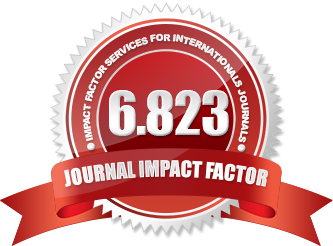History of a Ghazal of the Mawlana Jami’s Literature
DOI:
https://doi.org/10.51699/pjcle.v2i1.225Keywords:
Hasankhoja Nisari, “Muzakkiri-ahbob”, Muhammad Komron, Mecca, Kaaba, Ibrahim Khalilullah, Madina, Nuriddin Abdurahman Jami, ghazal, five bytes, history of writing, enlightenment-philosophy, Hizr, Iskandar, eternal life, Khorasan, spirit, soul, painting, TemuridsAbstract
Hazrat Alisher Navoi's tazkirah "Majolisun-nafois" also had an impact on the tazkirahs written in the Tajik language. This can be seen in Hasankhoja Nisari's commentary on Muzakkiri-ahbob, written in 1865-1866. Hasankhoja Nisari successfully continued the tradition of composing tazkirah dedicated to his contemporaries, started by Alisher Navoi. In his treatise Muzakkiri-ahbob, written 75 years after Majolisun-nafais, he provides reliable and accurate information about the biographies and works of contemporary poets. In this sense, Muzakkiri-ahbob is a rare source in the study of the literary environment of Movarounnahr from the early 16th century to the 70s of this century. The introduction, which consists of four chapters and an introduction, contains concise and clear notes on the personalities, works, place in the literary environment, history and art of creation of poets of different social groups living and working in Khorasan and India.






